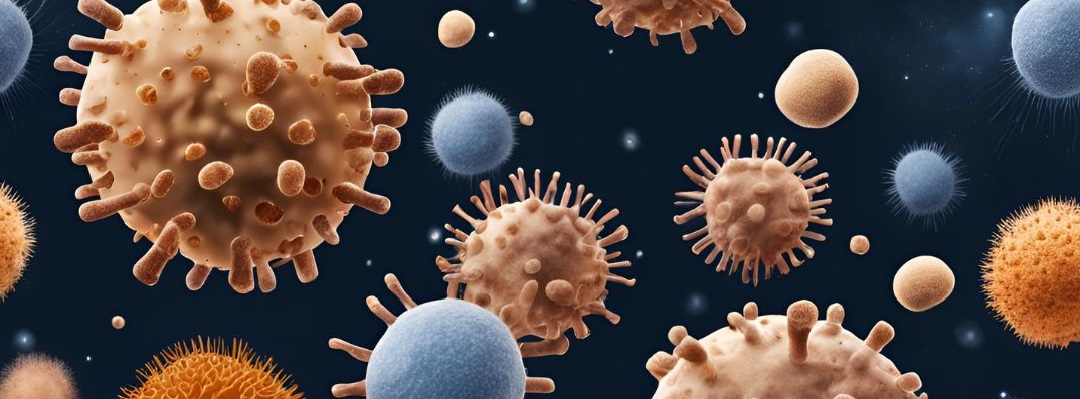What if we were to return to old ideas about health and disease? Would we find ourselves in a better place? If we wind back the clock, we’d be less concerned about contagion, germs and variants. We’d realise that disease is largely controlled by our environment, the weather, atmosphere, poisons we ingest, and our state of mind. Our ancestors had no microscopes, technical devices and chemical tests. Yet, they had their senses, powers of observation and pattern recognition. This all underpins intuition. In our information age we can underestimate the value of these powers, and the skills of our ancestors.
Disclaimer: None of the information in this blogpost constitutes medical advice, and is not intended to substitute for the advice provided by your doctor or other health care professional. Please research and seek the help of a medical professional of your choice when making choices about healthcare and lifestyle.
Mistakes Over Contagion
At one time, some doctors thought many diseases were contagions. Yet now we know these ‘contagions’ are the result of nutrient deficiency or poisoning. Did you know that doctors explored this question decades ago? Yet, you will see little discussion of their findings relating to scurvy, pellagra, yellow fever and mercury poisoning, for instance. They wrote many medical papers and books. More recent books that explain this well are, Can You Catch a Cold: Untold History & Human Experiments by Daniel Roytas, What Really Makes You Ill: Why Everything You Thought You Knew About Disease is Wrong, by Dawn Lester and David Parker, and The Truth About Contagion: Exploring Theories About How Disease Spreads, by Thomas S Cowan and Sally Fallon-Morell.
My book examples show mistakes we made in understanding these illnesses well. So, I leave the details to those authors. But, I draw a parallel to our change in thinking about DDT, Big Food, Big Ag (and more) where challenging the narrative has led to better times. I explained this in my previous blog post about Truth Seekers. We often don’t realise the benefits of challenging established thinking until we’ve emerged out of the darkness and into the light.
Imagine if we’d always known that scurvy was a deficiency, mainly in vitamin C? Daniel Roytas says that more than two million sailors died from scurvy between 1500 and 1800. This was before we realised this truth. How many people would we have saved from pellagra, if we’d known that the ‘pellagra preventative factor’ was niacin (or, vitamin B3)?
We Know Better Now: We Wouldn’t Make Those Mistakes Again
Do we – wouldn’t we? With all our technology and easily available information, is this true? Should we revitalise some old truths? These are my questions. In order to explore this, I revisit a story set on an Iron Age hillfort, told in earlier posts. First, you may want to read a short Hillfort Recap.
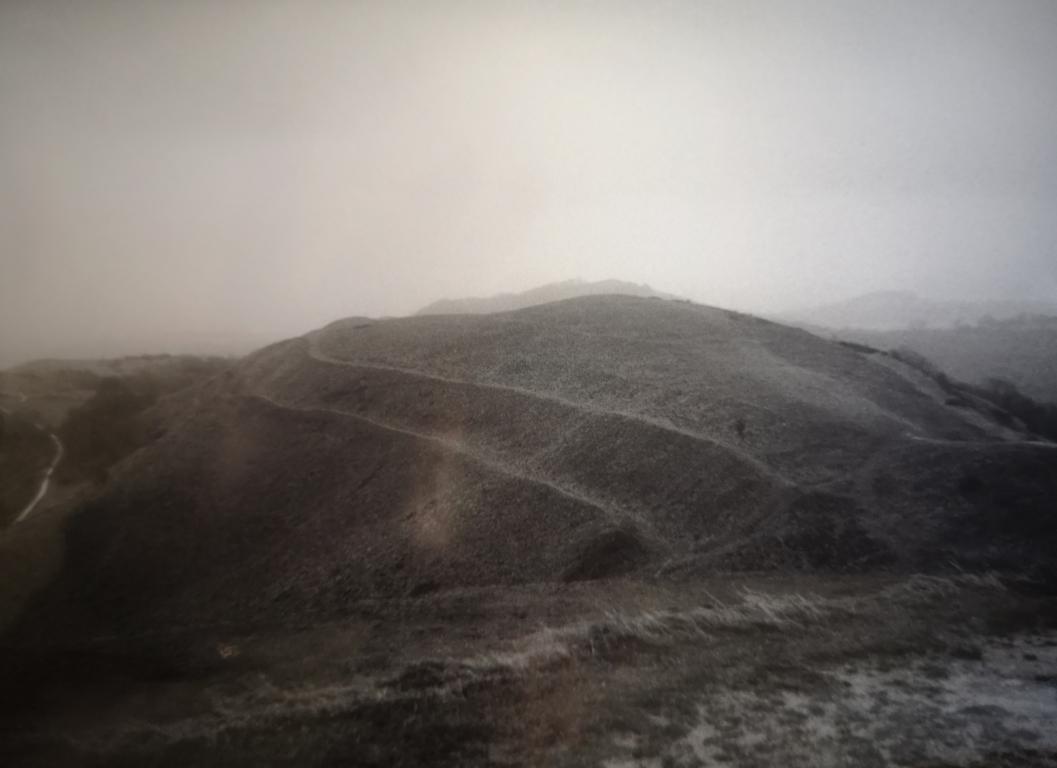
Back to the Hillfort
We live on a hillfort in the Middle Kingdom for much of the year. A storm has been travelling from the east, and is with us now – it’s a pestilence, said to be a deadly disease, caused by Lively Dust.
I am Banba, Keeper of the Corn. Today, I have been trampling, threshing and sieving wheat, barley and oats in my roundhouse. The oven is warm enough to slowly parch the hulled grain, making it more brittle, helping to separate more grain from chaff. I start to shovel grain into the oven. Eventually, a sweet, malty smell fills the air, and hot fumes rise through the smoke hole in the roof. But, why would I do this work in my own house? Because the Orators say the pestilence is contagious. We must stay in our homes and keep apart as much as possible.
I distribute corn to my fellow fort dwellers by leaving it in a store house for them to collect their share. Occasionally I can speak to the potters, outdoors, who work spaced apart at the centre of the fort. We’ve had to adapt our daily work to this lifestyle. If we go out of our doorways, we wrap our scarves around our faces.
The Orators introduced these new life rules – they who bring news to us regularly from around the Kingdom.
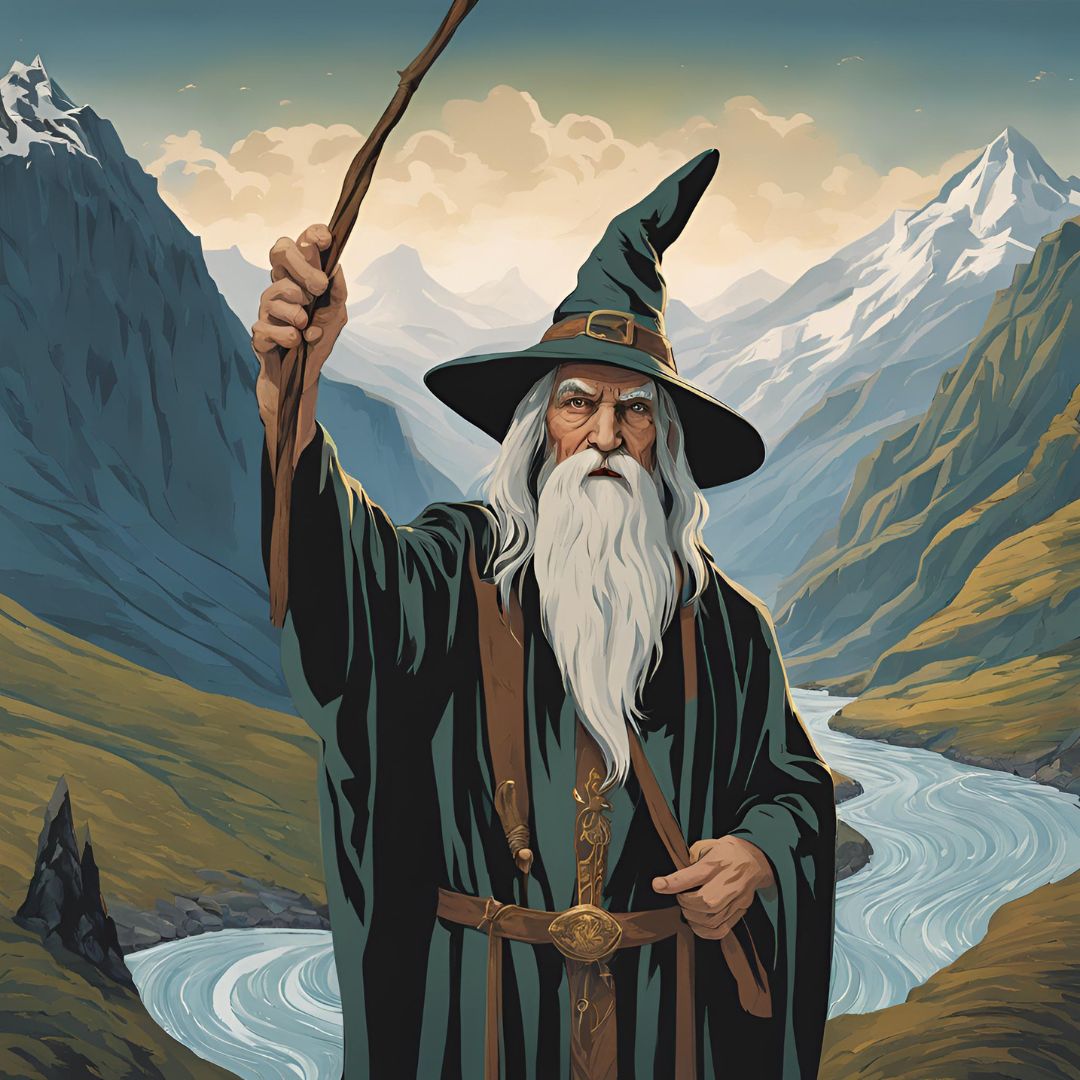
The Contagion and the Wand
We’re now getting used to the Wand. The Diviners, who we used to see rarely, are frequent visitors now. Only now they’re a new group who call themselves the Dusk Syndicate. Today a Diviner I don’t recognise comes to wave the Wand over me, from head to toe. The Wand fails to glow, so I’m clear of the Contagion, he tells me (I breathe a sigh of relief). But, later. I hear bad news. The Wand glowed icy blue over one of our Potters. It pointed to one overtaken by pestilence (now called the Contagion), and they must stay inside their roundhouse.
Yet, they didn’t seem very unwell. They felt lethargic, and their throat was a little sore. Brigid, one of our Healers reminded them that they had felt this way around the same time last year. This was before we’d even heard of the Contagion. “You are suffering from the cold – the weather and the season has changed.” Rustling in a small leather bag, she pulled out a handful of dried leaves. “Coltsfoot – that’s what helped you last year. Do you remember?”
The Slow Demise of Healing Ways
Every family has knowledge of a vast array of herbs for healing. Our ancestors have passed this wisdom down through generations. And, ways of managing fevers, sprains, broken bones and more. The Healers help us with this, as they take it upon themselves to specialise in this art. Yet, since the Contagion, we’ve thought little about these common ways. We’ve simply followed orders that we hear from the Orators. Maybe this has been happening for a while; slowly? The Orators have become our medicine people and so we overlook our Healers and our own common knowledge.
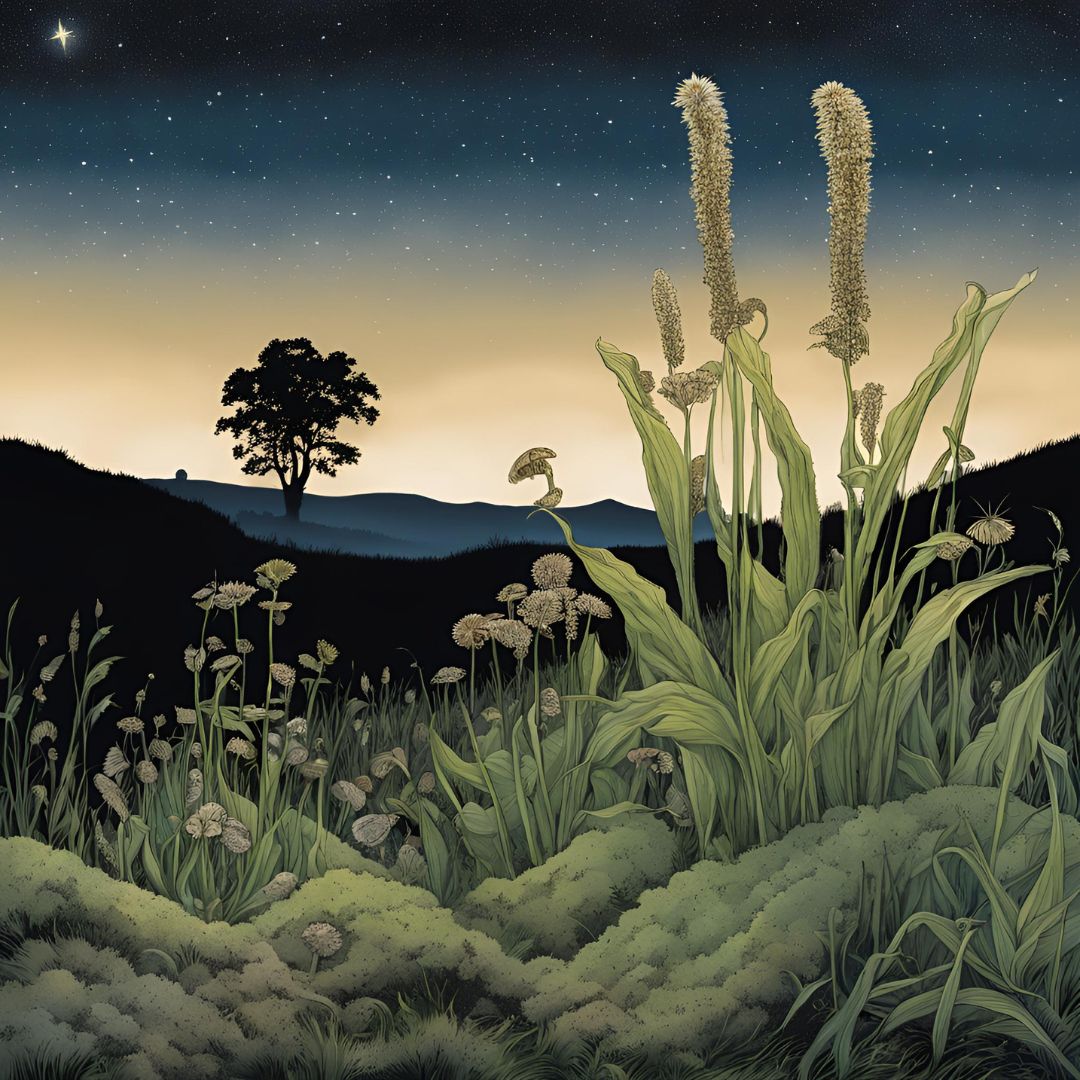
Coltsfoot or Wydion’s Water?
Brigid steeped some dried coltsfoot in hot water to make an infusion for the potter to drink, then made her way down a southerly path, winding down the contours of the rampart. She found the spot again where Waybread was still growing. It outlived the constant trampling of feet and hooves, better than other plants. Folding leaves carefully into a small leather pouch she climbed slowly back up to the centre of the fort. She felt relieved that she had resources to help with the dry, persistent cough that she knew the potter (and others) may experience next.
Once she saw the potter’s cough start (and with fellow workers), she made a simple infusion and offered it around. But, she found they rejected it, saying “We must take the Wydion’s Water instead.”. The Elixir Makers were making this Magic Cure in large couldrons, under the direction of the Dusk Syndicate. All this happened under the shadow of the mountains in the west.
Brigid said to her fellow fort dwellers, “The coltsfoot and waybread is free – it lies almost at your feet. You can collect it yourself and make your own remedies. I will make some to offer round. I ask only that someone could help me if I need to make large quantities.” Yet, there was no response.
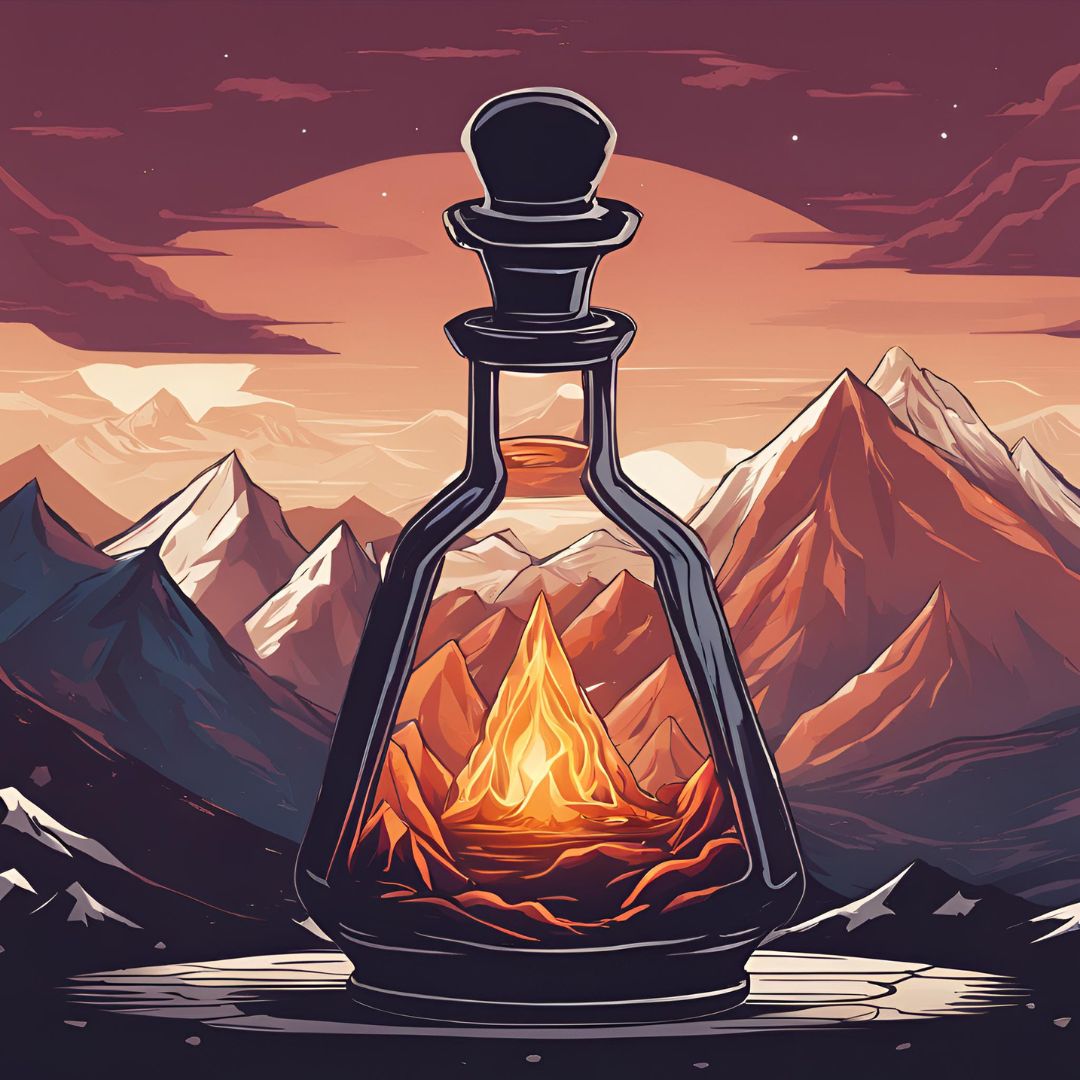
Familiar Herbs Versus Mysterious Ingredients
The Wydion’s Water was administered to everyone, provided through contributions that our community made to our Chieftains every year. These donations have always traditionally been used to help with protection from enemies and upkeep of wayfares. Brigid knew not whether the fort dwellers recognised that part of their contributions (levy) was going to the Dusk Syndicate. It paid for the Cure, when old healing ways lay at their feet, and in their stories.
And, would the new Wydion’s Water heal? This, Brigid asked herself. For though the Orators announced a new magic ingredient, no one really knew what was in those cauldrons. There was no long-held knowledge of how good a remedy it would be. And, whether over the long term it was a poison or a cure.
Lively Dust, Contagion and Weather Change
We feared the Lively Dust which the Orators told us caused the disease. They said that breathing in this dangerous fine matter caused our fatigue, aching joints and heads and dry hacking cough. Sometimes, we couldn’t taste and smell our food. Yet, we had long noticed that we felt this way when the weather took a change for the worst, usually with a sudden appearance of persistent frost that covered our world in the morning, only melting with the midday sun.
Lively Dust was invisible, so we had no way to observe it, predict its presence or understand its ways. We watched the weather constantly though, our eyes turned up to the sky, feeling the change in wind direction. We sensed changes in humidity. Our cattle know better than us, lying down in the grass before rain. Small wild animals scatter up trees quickly before a storm. Lately, it was as if we’d taken leave of our senses. After all, we’d always felt that changes in our weather, and our surroundings, pull us this way and that.
A Traveller Returns From the South
Belanos the Pilgrim, a traveller from our Clan, returned to our fort. He had travelled across the sea to the far south (a land of chalky white rock and deep blue sea). It was he that brought some of us back to our senses. He spoke of wise Healers, in this far-flung land, who had made their knowledge of health and disease permanent. To explain, Belanos unrolled a long, thin sheet of pale bark, smoother than any tree’s skin. Upon it were marks as intricate as the tracks of a thousand ants, each line holding the wisdom of the far-off Healers.
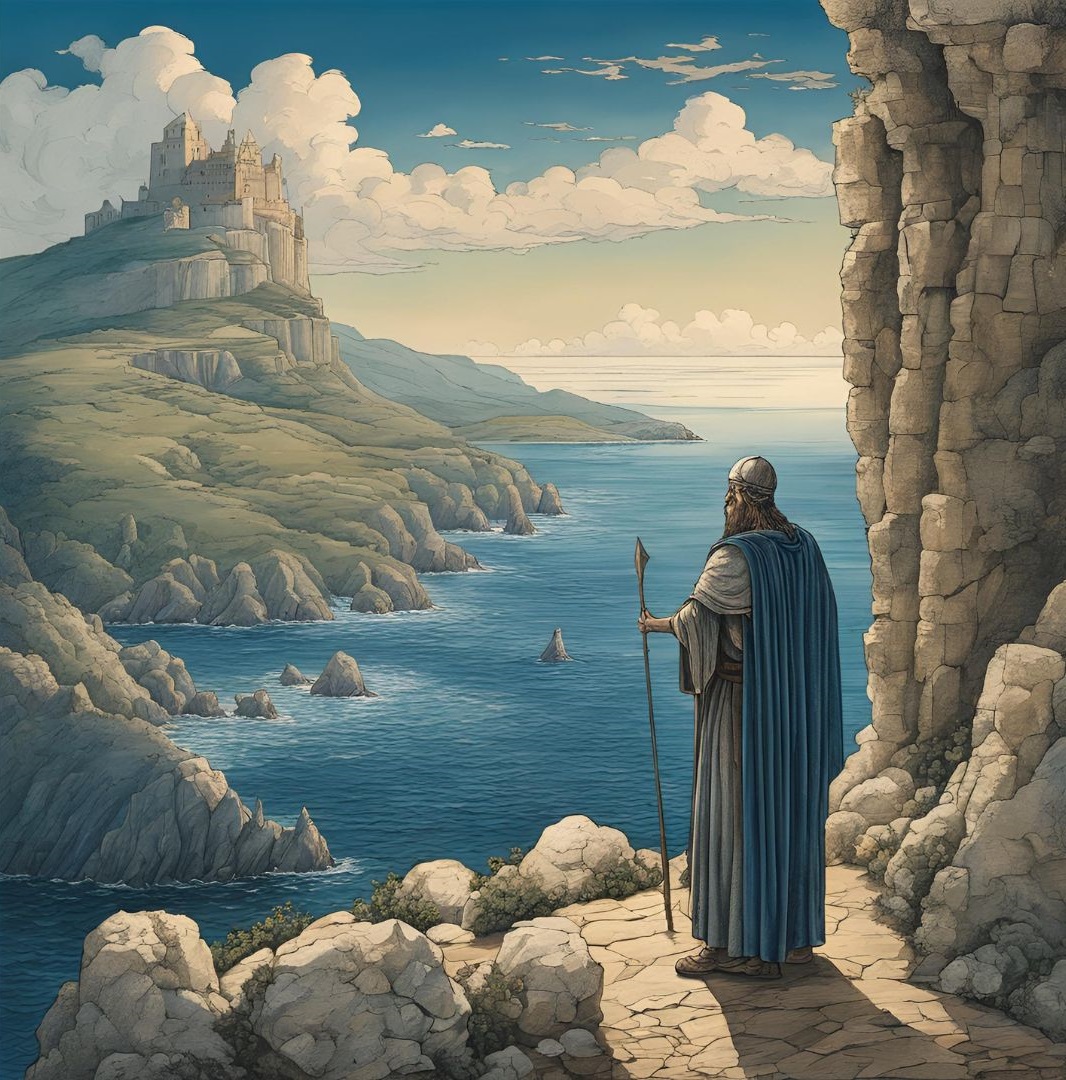
On Belanos’s return, he spoke to a small gathering. These were people eager for news about other Kingdoms. They were interested in one of his quests, which was to gather knowledge on healing ways. “A group of Healers in this land reject the idea that the Gods, or as we’re hearing from our Orators here, Lively Dust, brings on our illness. They observe, like us, a myriad of connections between our land, the air, the waters, the place we live, the food we eat, and our state of health. They have gathered this knowledge together, translated into symbols. Their leader is Hippocrates – he is a wise man.“
Belanos began to read from the scrolls. Many in the group, who were Healers, understood his words well. They had tried to keep the healing ways of our ancestors alive. Yet,, the Orators denounced them. This was especially true since the coming of this new pestilence. Others were those who were simply a curious crowd. Chatter, and the passing of bread around, continued until dusk.
Division
During this time, there were a group of people sitting still in the shadows. They may have been listening. Some say they are people connected to the Orators and the Chieftains. I sensed uncertainty, and maybe even suspicion, too from others (our fellow fort workers) who heard of our gathering. The helpful words of Belanos should have been a boon to our society. Instead, they proved to be the beginning of division.
To understand more about this division, and why it continues in our time, we need to again come out of the mists of time, and back to today.

The Legacy of Hippocrates
Belanos’s pilgrimage took him to an island which we now know as Kos, in Greece. The time was shortly after Hippocrates, who came from the island, died there. This was over 2500 years ago, in the 5th Century BC. Hippocrates was one of the ancients of the classical world. He was a healer or medicine man, known for his writings about health and medicine. Historians aren’t certain that Hippocrates wrote all of this work, but they believe that other contributors were contemporaries of the time.
Hippocrates promoted insights into people’s health, and cures based on rational observation that anyone would have been familiar with. He rejected interpretations of disease based on angered gods, for instance. This was early scientific (but naturalistic) thinking. What can we learn from him and his fellow medicine men? I believe many who are revisiting this way of thinking are on the right track. They recognise that health and disease is complex: influenced by a an intricate and dynamic web of environmental influences. Our lifestyles are key too.
Hippocratic Writings
A quote from Hippocrates, now becoming popular resonates with me. And, I believe we should take this insight to heart: “Whosoever wishes to investigate medicine properly should proceed thus: In the first place, consider the seasons of the year and what effect each of them produces; then the winds, the hot and cold.“. Even then, he (or his peers) must have had some opposition, because the text continues, “If it be thought that these things belong rather to meteorology, it will be remembered that astronomy contributes not a little, but a very great deal to medicine, for with the seasons the digestive organs of men undergo a change.“
In a chapter called ‘Airs, Water, Places’, he delves into the effects of our environment on a micro scale in this passage, “The effect of any town upon the health of its population varies according as it faces north or south, east or west. This is of the greatest importance. Similarly, the nature of the water supply must be considered; is it marshy or soft, hard as it is when it flows from high and rocky ground, or salty with a hardness that is permanent. Think of the soil, whether it be bare and waterless or thickly covered with vegetation and well-watered. Lastly, consider the life of the inhabitants themselves…..“.
Yes, the lifestyle of the inhabitants – we’re used to hearing that we must pay attention to our lifestyle. We know, but the advice we’re given is complex, ever changing and so confusing to many. Last by not least, it comes low on a list of our concerns. At the top of our list tends to be microbes, or ‘germs’. We’ve been trained to think in this way from our early years.
Are Microbes Pathogens?
If thoughts about changing weather and illness seem valid, to a degree, you may be thinking, ‘Yes, but I’ve caught a cold’. We think ‘bugs’, germs, or microbes cause respiratory illnesses, and other common illnesses like stomach bugs. We’ve buried this deep into our mindset. Yet, we may not know, that this idea was uncommon until French researcher, Louis Pasteur popularised it in the late 19th Century. His rival was Antione Béchamp who believed the terrain (us and our environment) controlled health and disease. Established media promotes germ theory, while scrutiny of this is increasing.
Did you know too, that for over a hundred years, or more, researchers have attempted to mimic the transmission of disease from the sick to the well….. and have failed, repeatedly? As I am a frequent visitor to alternative platforms, I was hearing about this on podcasts concerned with natural health. But, it didn’t hit home until I’d heard it multiple times.
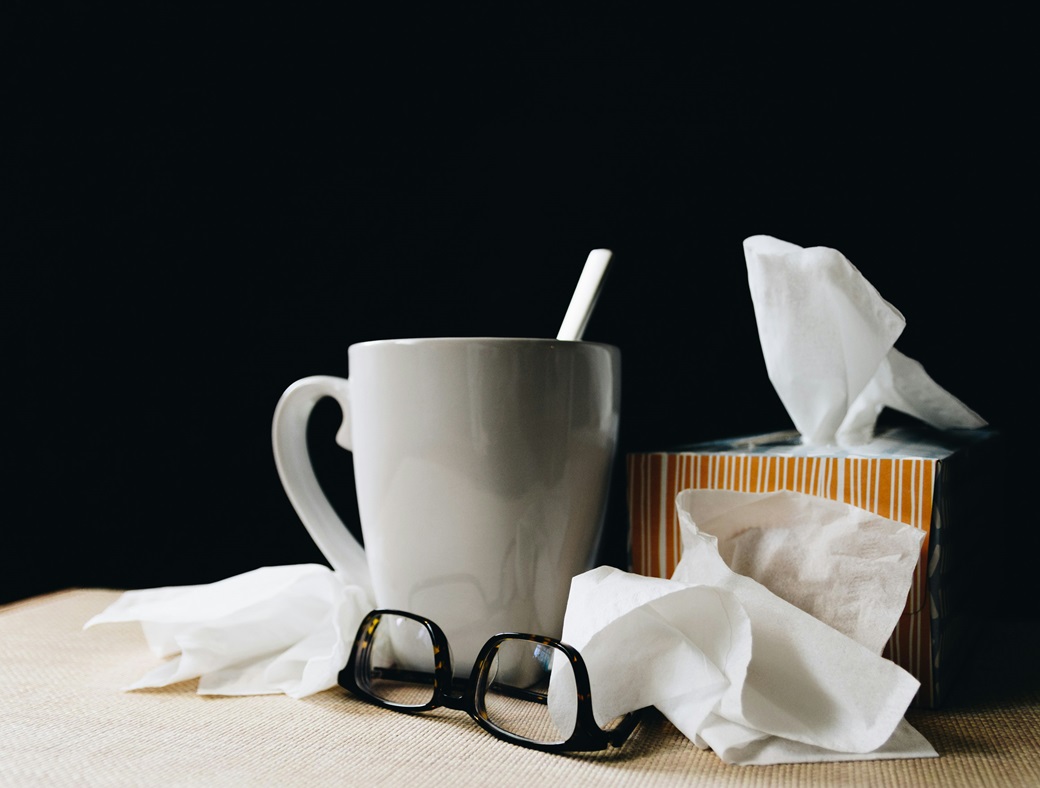
Blood, Snot, Saline and Other Fluids
Sometimes, without repetition, our minds can conveniently dismiss important information. We like to take the path of least resistance. Once I started reading about contagion experiments, I was intrigued. The 1918 – 1920 Spanish Flu pandemic significantly impacted the world. It is said to have taken the lives of 50 to 100 million people; and as a result of this tragedy many people embarked on research. John Nuzum, Hugo Selter, René Dujarric, Charles Nicolle, Charles Le Baille, the U. S. military and their public health service, all injected various bodily fluids from sick people into healthy willing human recipients, and captive animals, says Danial Roytas. It was all to no avail. They could not reliably reproduce the myriad of symptoms of Spanish Flu at a greater level than those injected with saline, for instance. Or nothing.
Decades of research by the UK Common Cold Research Unit resulted in the same lack of evidence for person to person transmission of the common cold. The Unit was set up in 1946 and finally closed down in 1989. How can so much time and effort invested have brought us no further in understanding how disease spreads? Does it ‘spread’? These are valid questions, and perhaps a reason to recognise that we still need to challenge our assumptions.
Microbes and Disease: What is the Relationship?
I’ve struggled, myself, to contemplate that colds and flu may not be viral illnesses. It was while watching the UK TV detective series, ‘Death in Paradise‘ though that I chanced upon a useful analogy for thinking about microbes and disease. Consider the sick human body as being like a crime scene.
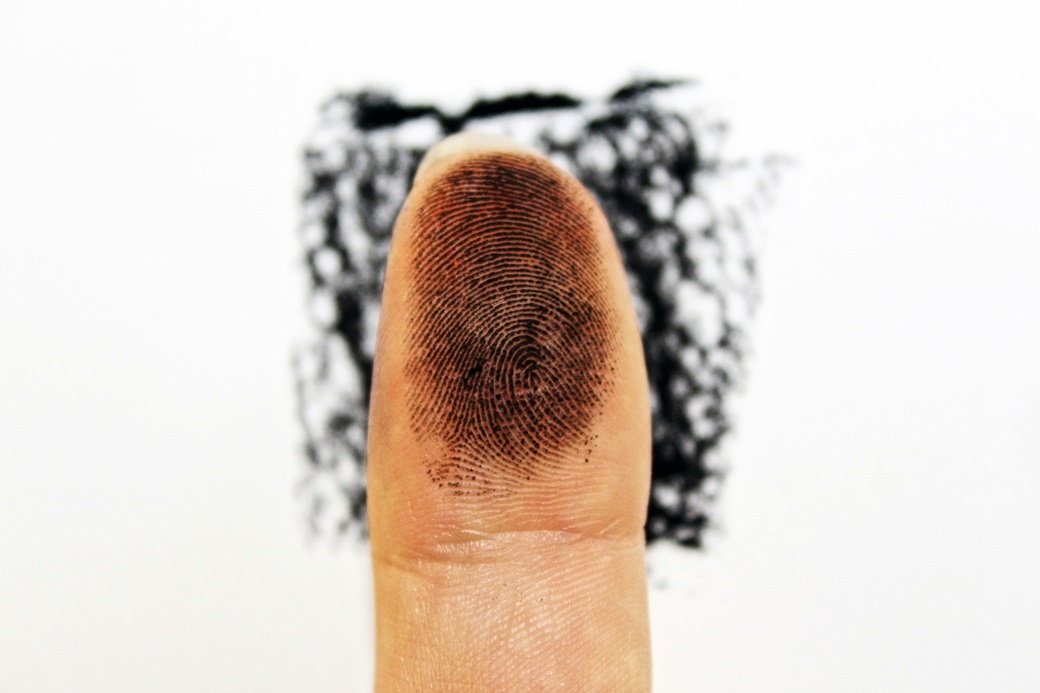
Microbes as Fingerprints at a Crime Scene: Are They Guilty?
The show is set on the fictional Caribbean island of St Marie. Here, deadly deeds are committed with a backdrop of long beaches, palm trees and deep blue sea. I’m having trouble chasing down an episode. In this episode, Officer Dwayne Myers (Danny John-Jules) is certain that a former love interest is the chief murder suspect. He has fallen out with her and wants to go and arrest her. Dwayne is a cheeky ladies’ man. He’s often somewhat hapless and renegade, but is useful as he knows nearly everyone on the island, and is good at getting gossip out of people.
Leading the investigation was, I think, Detective Inspector Humphrey Goodman (Kris Marshall). In this episode, he must convince Dwayne that fingerprints found at a crime scene don’t necessarily mean someone is a murderer. Imagine those fingerprints are a microbe. As I can’t remember the female suspect’s name, let’s call her Yersinia Pestis. It’s the name of the bacteria (Yersinia pestis) said to have caused Black Death.
Humphrey says to Dwayne something like, “We need to interview Yersinia to ask why she was at the crime scene, not immediately put handcuffs on her“. If the victim was found dead at home, and Yersinia was a friend, she may have been in and out of the victim’s life and home, leaving fingerprints for innocent reasons. It’s like microbes, said to be associated with deadly diseases, that researchers frequently find in the bodies of healthy people. They’re just everywhere. Or, Yersinia might have gone to the crime scene to remove items which might taint the victim’s legacy for his family. Like a microbe that is saprophytic, feeding on dying tissue, she clears up the mess.
Body Biome: A Better Understanding of Microbes
Do we know the real relationship between the fingerprints (microbes) and the crime scene (the body)? Many say we don’t. They explain that the ‘disease-causing‘ organisms are feeding on diseased tissue, processing it and removing dead cells and toxins from the body.
There is great division between two camps, and there has been for over a hundred years. The debate is heating up though. All I mean to suggest here is if you’re interested, be a Truth Seeker. Visit alternative platforms (we need them). Keep your mind open. If enough people do, we could restart Hippocratic thinking society-wide.
Coming up: Black Death, Yersinia pestis (the bacterium), rats, fleas, tree rings, and a poisonous atmosphere – new thinking.
All illustrations were created by A. I. in Canva.
